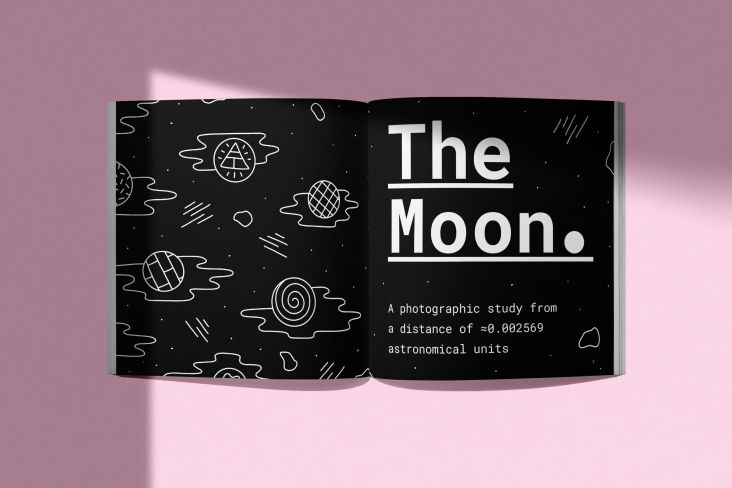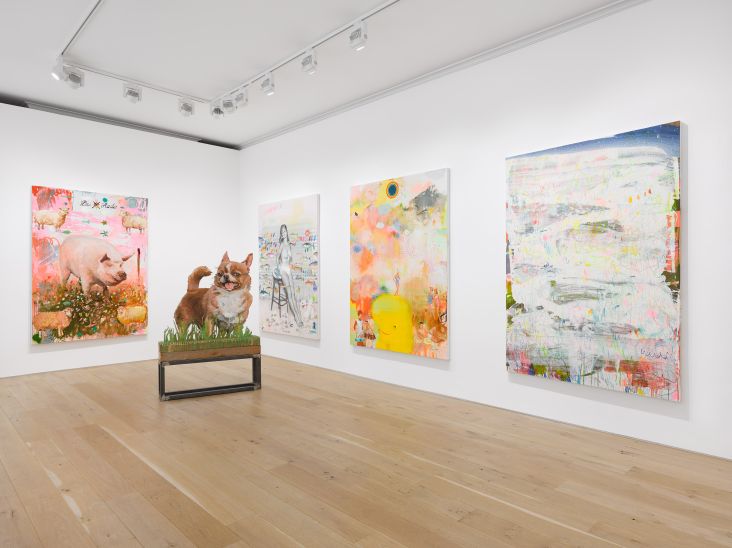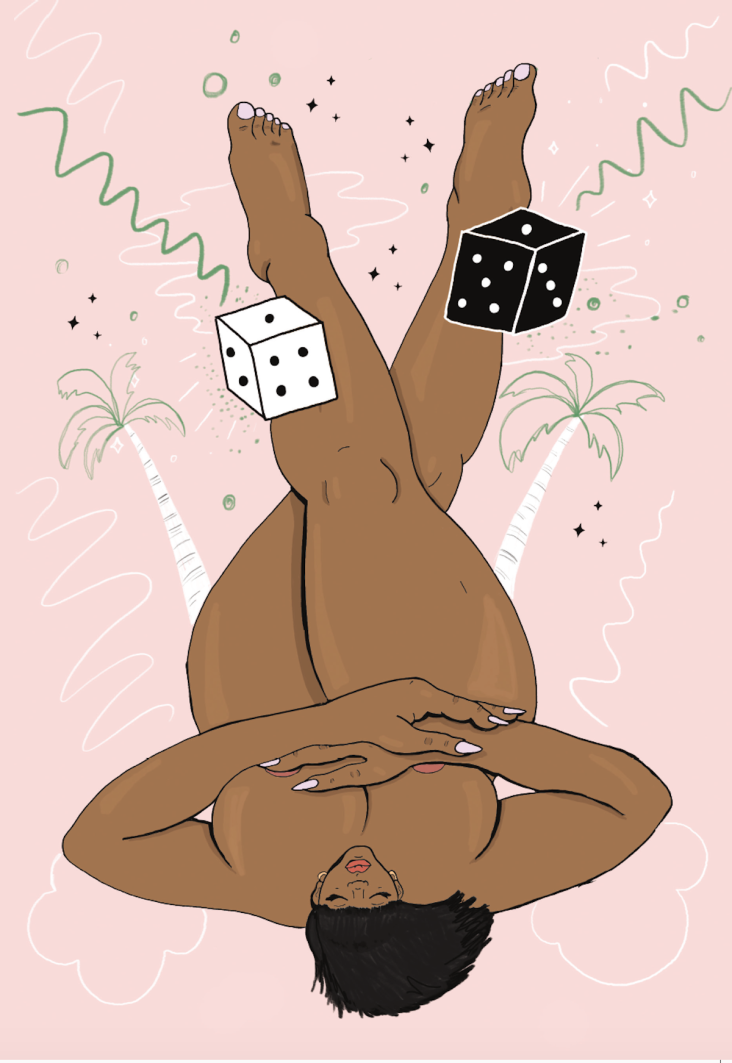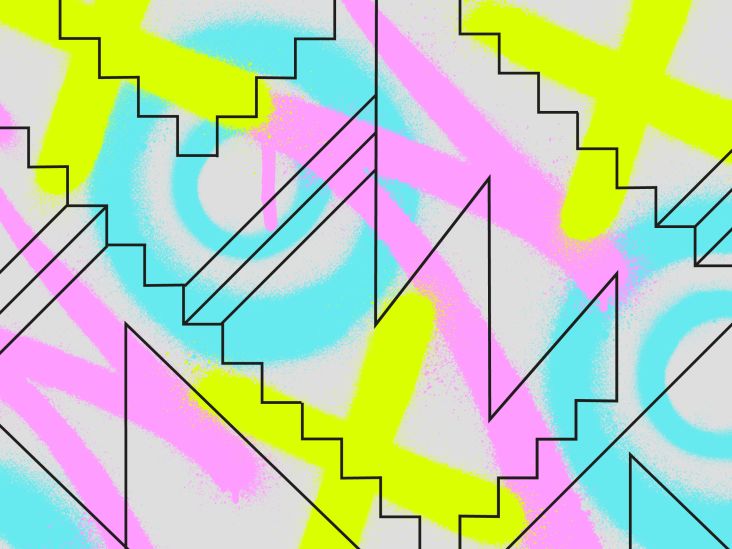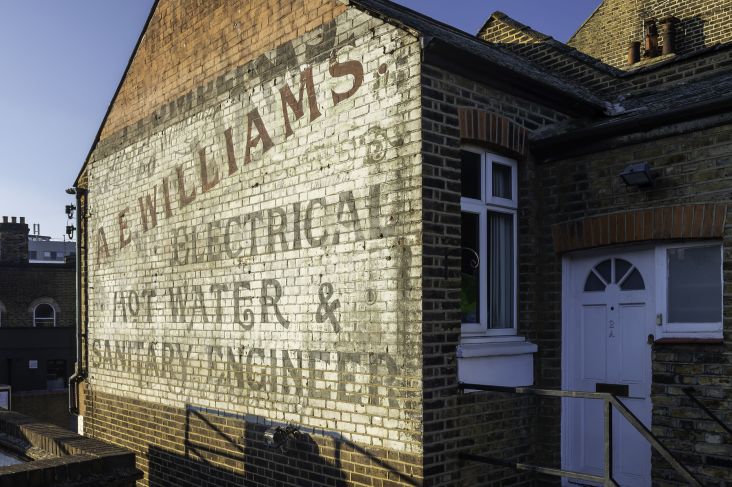Turner Duckworth's Sarah Moffat on working with the world's biggest brands 'from the inside' – and sitting next to Barry Manilow at the Grammys
Ask anyone about the world's most recognisable brands, and they'll likely name more than a few that also appear on the client list of creative agency Turner Duckworth: McDonald's, Samsung, The Coca-Cola Company, Mondelez, Procter and Gamble... Basically, all the big guns. Holding the role of its global chief creative officer is Sarah Moffat.
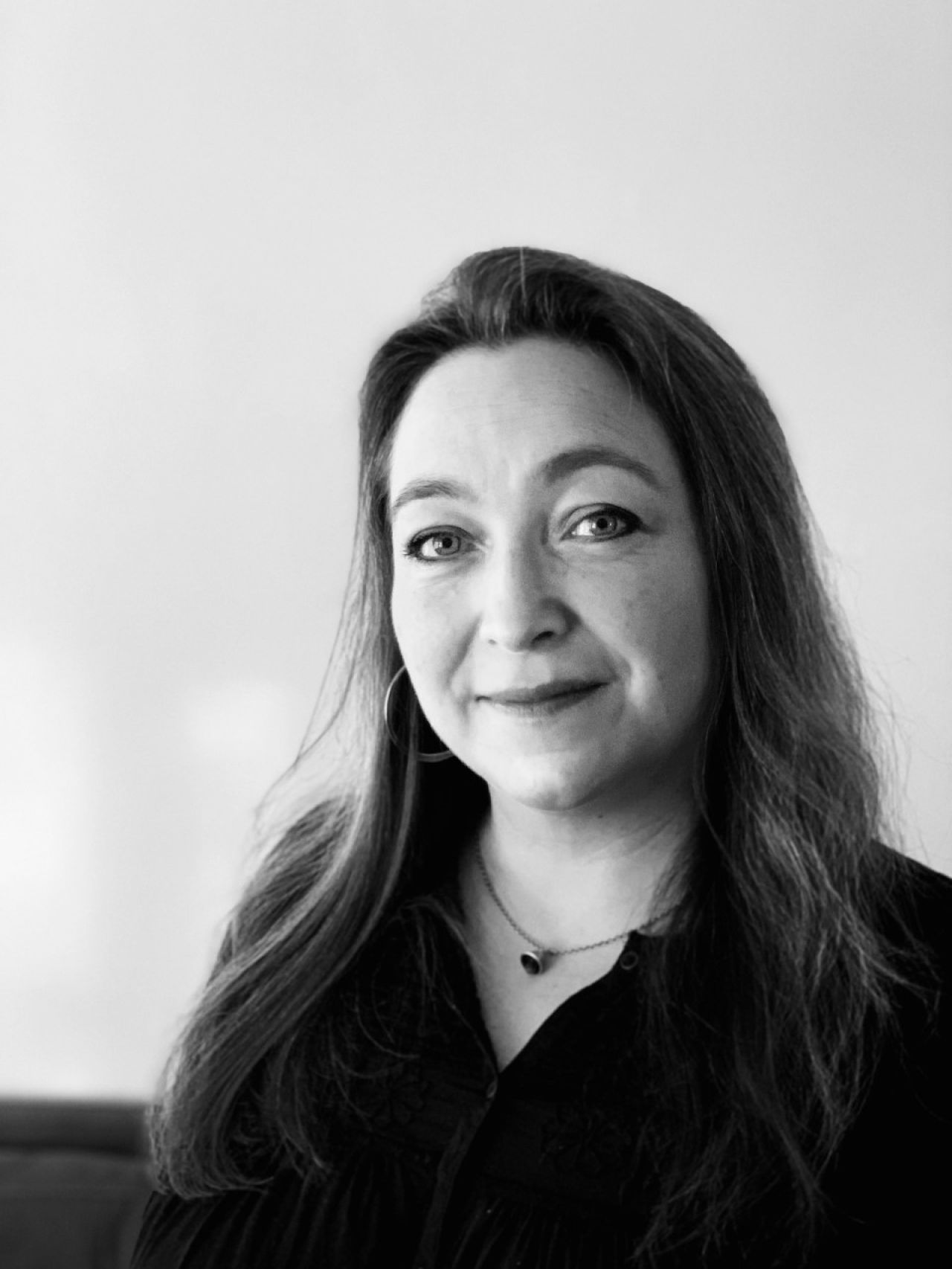
Sarah Moffatt
Having grown up in the north of England and going to art school in Kingston, a leafier London suburb, Moffat joined the agency's London studio before moving to the US to be part of the San Francisco team and taking her love of Marmite with her, apparently.
Clearly, Moffat's CV is that of someone who has a few things to say about design (having also sat on design juries for the likes of D&AD, The Clios and The One Show hasn't hurt in that respect either. We had a chat with her about why the design industry needs to rethink parental leave, today's issues with rushed budgets and reduced attention spans, working with Metallica and more.
How do you feel Turner Duckworth, and the design industry more widely, has changed in the last 20 years?
Someone fired a shrink-ray and made the world smaller. We can work with a team in Bogotá whilst connecting to a freelancer in Taiwan and have it all ready for a review in Korea by 9am "local" time as the sun sets. It's incredible.
Collaboration is at an all-time high, and the cross-pollination of ideas has been amplified. The advent of social media has atomised design to reach more people than ever before.
Unfortunately, it feels like the aforementioned shrink-ray also crushed budgets, squished timelines, reduced attention spans, and oftentimes, patience. It's the shadow side of technology. Faster doesn't always mean better, and we owe it to ourselves to steady the pace from time to time.
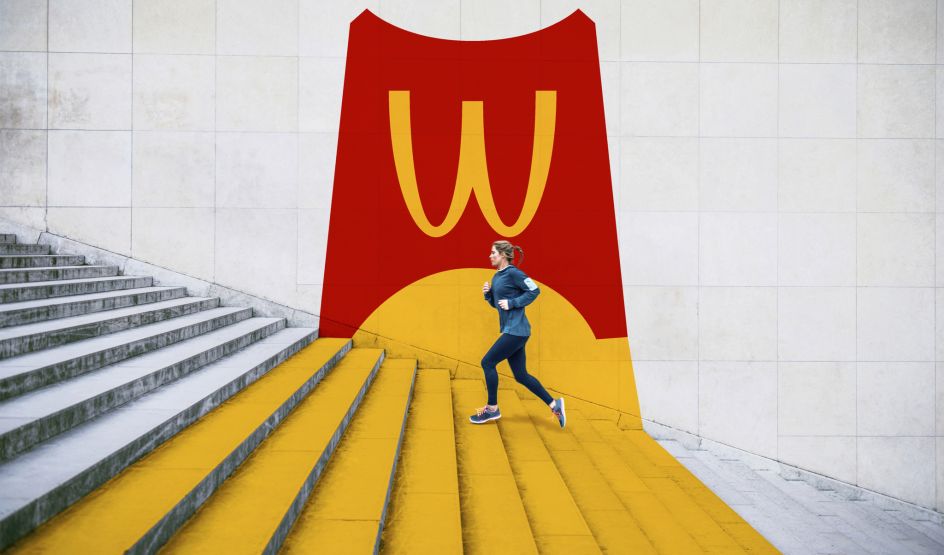
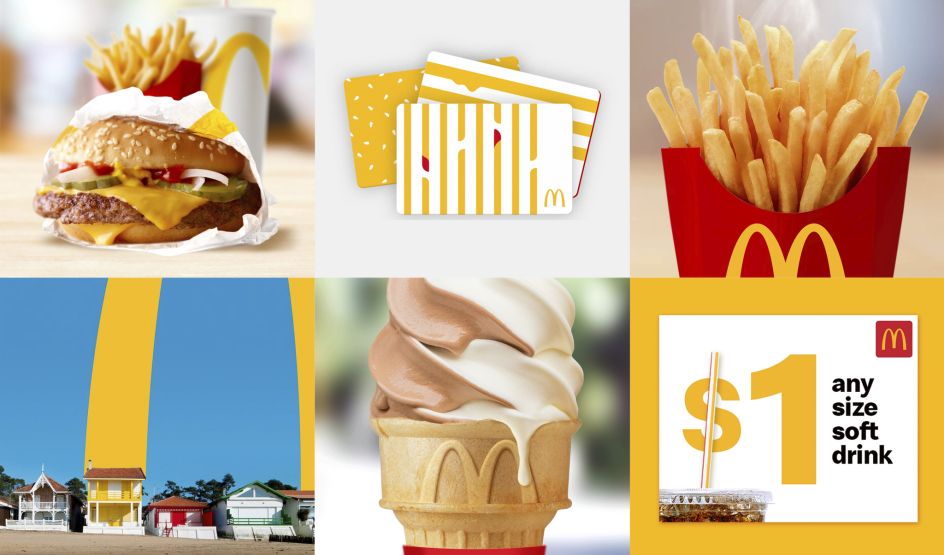
Have you felt the design industry has improved in terms of women finding it easier to reach top roles?
The industry has improved greatly for women overall. However, when it comes to mothers, there is work to be done. Mothers usually have to pull a double shift for two totally different yet equally demanding clients. In order to see more women make it to the top, the design industry needs to rethink support for parents as a team. Less focus on the tradition of the female as the primary caregiver and encourage more joint responsibility. With the right kind of support for parents, the industry can encourage more women to return to work and reach for the top roles. The changes are happening, albeit slowly, and I am proud to say we have some real tough mothers at Turner Duckworth.
What does being chief creative officer actually involve doing day to day?
Something quite different whilst working from home during the lockdown. Usually, it means watching over the creative product, but emphasis switched to watching over the creative individuals. Creativity requires fuel if you are to avoid the dreaded burnout. Being shuttered in our homes has required an incredible amount of additional effort and energy to deliver incredible design.
Keeping the teams motivated has been a daily focus, though I don't claim to have the answers. We've all struggled during the lockdown, myself included. On this note, I want to give a shout-out to our team of Duckies. The calibre of the work has not wavered; they have proven that the best thing to do when you're going through hell is to keep going. It is on the creative leadership to create the space to replenish and refuel for the next leg.
If we'd had a mail-room, then that's where I would have started. While it took hard work and patience, it also required wading out to where my feet didn't quite touch the bottom. Being just out of your depth is when the exciting stuff happens.
How did you progress toward taking on that role?
Curiosity. It might not be good for cats, but I see it as a superpower and believe it has served me well in my career. I've always wondered if something could be better and have never been afraid to ask the question. It means that I am always hungry to learn and discover new things. I started with the ambition of becoming a forensic pathologist and soon discovered that design offered many of the same challenges: unravelling riddles, seeking clues, creating hypotheses and proving theories, all without the need for a lab coat.
Even though I have worked my entire career for one company, I have learned from every single client along the way, technically hundreds of jobs in multiple industries and countries on my resumé. I also learned from the people I have worked with. They are more than colleagues; I am lucky enough to call them my friends and my chosen family.
The journey to where I am now was textbook. If we'd had a mail-room, then that's where I would have started. While it took hard work and patience, it also required wading out to where my feet didn't quite touch the bottom. Being just out of your depth is when the exciting stuff happens.
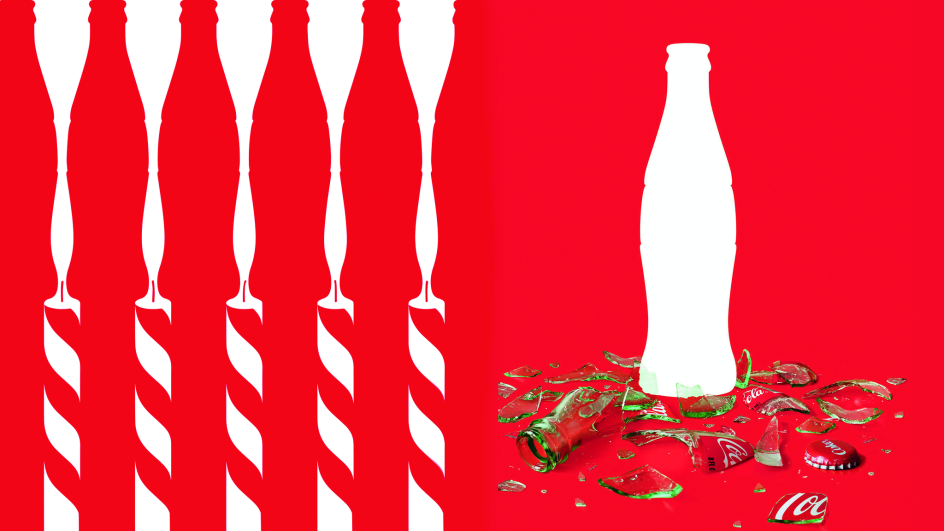
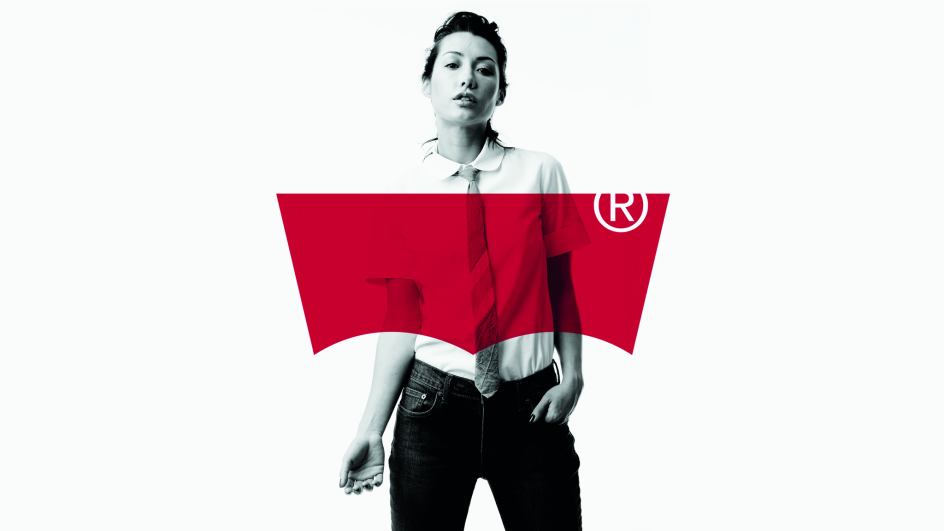
What have been your most enjoyable projects to work on and why?
Popular consumer brands. Call me shallow, but there's nothing like seeing your creations out in the world, part of the culture. Coke, McDonald's, Levis etc. Global brands that impact everyday life with millions of impressions.
And your most challenging?
Rudderless brands that lack ambition and fear change. They are the nemesis of creativity.
How do you judge which clients or projects you want to take on and which you don't? How far do you consider things like the "moral" impact of clients?
I wish we had an official process for filtering projects, but in some ways, I am glad we don't. Some of the most daunting projects have turned into fantastic and fulfilling opportunities. We always want to work with clients who seek to make a difference. The ones positioned to make the biggest impact are not always the most obvious. Bigger can be better when it comes to making a difference, especially if you're working from the inside. Used in the right way, design has the power to change minds, move mountains and challenge the status quo.
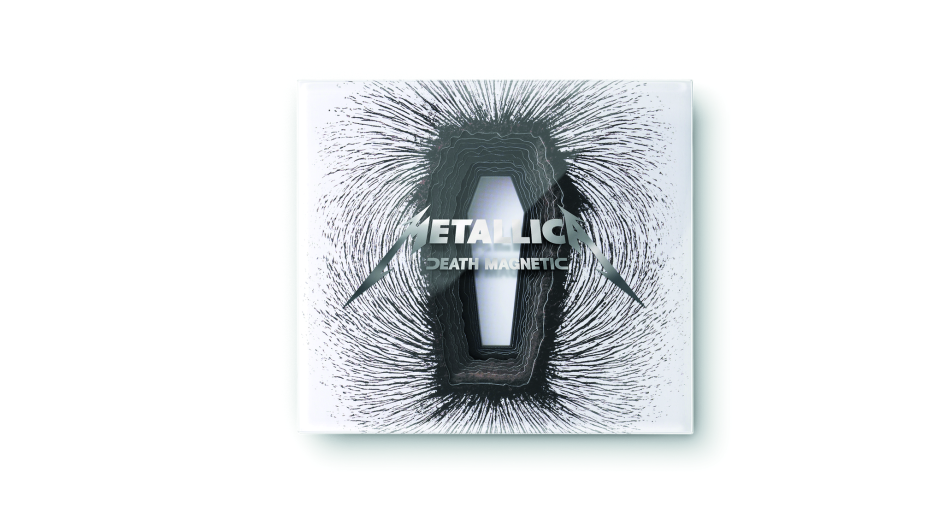
How did you land the Metallica project? Can you tell me a little more about working on that?
Perhaps the least rock'n'roll story ever, but David (Turner) met Lars through his kids. The mythologiser in me wants to say that they befriended one another over a cupcake at a school bake sale and have been best friends ever since.
We had always dreamed of working on an album cover, so when the opportunity arose, we jumped at the chance. The brief was wide open, and the whole studio pitched in. The Death Magnetic album artwork was not only created by the team but also features the team. It was one of the most fast-paced and fun projects we have ever worked on. To find myself sitting next to Barry Manilow at the Grammys was surreal, to say the least; to go on to win a Grammy was unbelievable.
It was also a chance for Jamie, a lifelong Metallica fan, to restore James Hetfield's iconic logo (dreams do come true). From there, we also partnered on logos for Blackened Records and The Fifth Member fan club. We received a second Grammy nomination for Through the Never and wrapped up Lulu and Hardwired to Self Destruct. As clients, Metallica are highly collaborative, incredibly trusting, and they were never afraid to let us know their thoughts. If only all brands had a voice of their own.




 by Tüpokompanii](https://www.creativeboom.com/upload/articles/58/58684538770fb5b428dc1882f7a732f153500153_732.jpg)


 using <a href="https://www.ohnotype.co/fonts/obviously" target="_blank">Obviously</a> by Oh No Type Co., Art Director, Brand & Creative—Spotify](https://www.creativeboom.com/upload/articles/6e/6ed31eddc26fa563f213fc76d6993dab9231ffe4_732.jpg)









